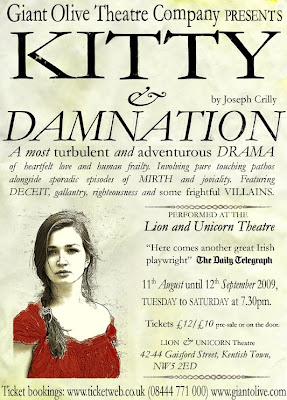Danny Stack did a brilliant series of posts last year called Professional Screenwriter. It’s ten blogsworth of advice about how to succeed as a writer and it is, as the kids say, full of win.
If you haven’t read them already, you can get ’em here:
Reading
Writing
Networking
Industry Insider
Get an Agent
Discipline
Attitude
Choosing Work
In the Know
Doing the Do
In addition to that, James Moran has revealed the big secret of how to be a writer. It’s four words long, and it’s answered in the very first question of his enormous writing FAQ.
So, there you go. Those eleven posts are all you need to read about how to become a writer.
But there’s a whole bunch of other useful stuff, too. Things that you can do to make your life easier, that aren’t exactly about writing itself, or how to make a career of it, but will come in really useful over the years ahead.
So, in no particular order, here are the other writing secrets.
Learn Proofing Marks
When you’re working on a draft, you need to mark it up with your notes: delete this, move that to there, add in a whole bunch of stuff here.
The typesetting industry has a standard set of marks, which are easy to read and which anyone in the print industry can understand – once you learn them then you’ll be able to mark up changes to your own drafts quickly and clearly.
This page introduces the basic marks and links to a two-page PDF which you can print out and keep next to your desk.
Learn to touch type – preferably using a Dvorak keyboard
Touch typing is faster than pick-and-peck, which means you can get the words out faster when you’re drafting, and change them faster when you’re revising. There’s nothing more annoying than having the right words in your head and simply not being able to get them written quickly enough.
There is one problem with learning to type, though, and it’s that the QWERTY keyboard is not a good design for touch-typists.
The Dvorak keyboard was created in 1932, and was specifically designed to make touch-typing easier. As well as increasing your typing speed, it’s easier to learn. And as your fingers don’t move so much across the keyboard (because the keys are in sensible places), many writers (myself included) have also found that it reduces symptoms of RSI.
It takes less than five minutes to switch your computer to a Dvorak layout, and you can find Dvorak typing tutors here.
Buy a laser printer
You might have had a printer thrown in when you bought your computer. Probably a colour one, these days.
But scripts aren’t printed in colour. And you’re going to be printing an awful lot of scripts.
You can buy a laser printer for less than a hundred quid, and it’ll save you money in the long run.
for less than a hundred quid, and it’ll save you money in the long run.
A laser printer cartridge is more expensive than an inkjet one, but it lasts longer. A lot longer. And over the life of the printer, that means it’s actually cheaper to have a laser printer.
Get a sensible email address
While I’m certain that cat_lover573@yahoo.co.uk is indeed a lovely email address that expresses your personality perfectly, it doesn’t exactly scream Scriptwriting Professional.
firstname.lastname is a good bet. It’s also easy to remember.
In an ideal world, you’d have your own domain (the .com thing) and maybe even put a website there saying who you are. Failing that, the largest free email providers are Gmail, Yahoo, and Hotmail.
Act
As a screenwriter, actors are going to have to read your words and perform your actions at some point.
Taking an acting class or performing in some amateur theatre productions will give you an excellent grounding in some of the joys and problems of that.
A little bit of acting experience will not only help you to understand how an actor constructs their performance around the text, it’ll help you to provide character and, yes, even motivation.
Stand up
If you’re a comedy writer, do a couple of sets of stand-up. Many comedy clubs have open mic nights where you can get up on stage and perform for five or ten minutes. (Five minutes is more than long enough for your first set.) Performing your own material is an excellent way to hone your skills on seeing where the laughs are, and getting more.
You’re not going to be as good a standup or actor as anyone who does it for a living. But what you will get is new tools for your writing toolbox.
Learn basic typographical design
The Non-Designer’s Design Book is a book which teaches the basics – and just the basics – of print design.
is a book which teaches the basics – and just the basics – of print design.
We’re not talking about anything fussy or fancy-schmancy here. Just some easy ways of laying out your text on a page to make it look nicer.
It won’t help you with scripts – they have a standard layout for a very good reason – but for things like covering letters, show bibles, or pitch documents, being able to lay them out in a sensible, beautiful, easy-to-read way will set you ahead of the pack.
So there you have it. Seven useful writing tips that have nothing to do with writing.


